(CLO) The Panama Canal, one of mankind's great engineering feats, has attracted the world's attention not only for its ability to connect two oceans but also for the controversies surrounding its sovereignty .
President Donald Trump vowed on Monday that the US would take back the Panama Canal during his inaugural address. "We didn't give it to China. We gave it to Panama, and we're taking it back," Trump said.
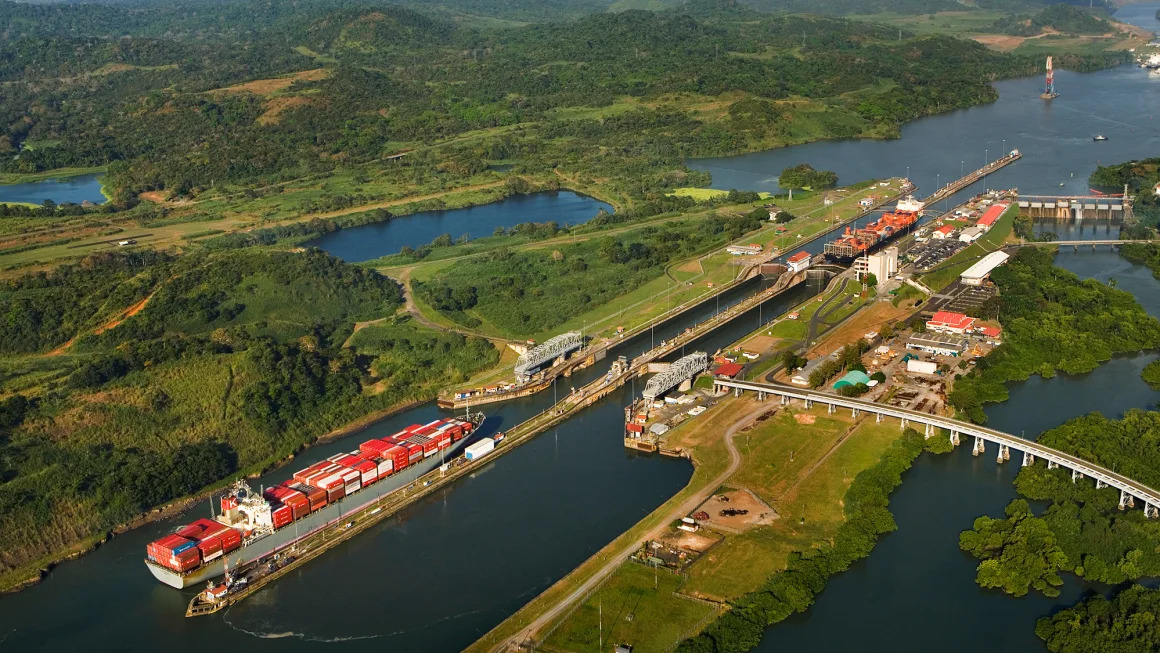
The viewing area at the Miraflores Visitor Center allows people to watch ships passing through the Miraflores locks of the Panama Canal. Photo: Image Bank RF/GI
Great project and economic importance
Colombia, France, and later the United States controlled the territory surrounding the canal during its construction. France began building the canal in 1881, but stopped because of a lack of investor confidence due to technical problems and a high worker mortality rate.
The United States took over the project on May 4, 1904, and opened the canal on August 15, 1914. The United States continued to control the canal and the surrounding Panama Canal Zone until the 1977 Torrijos–Carter Treaties were created to hand over the canal to Panama.
After a period of joint US and Panamanian control, the canal was taken over by Panama in 1999. It is now managed and operated by the state-owned Panama Canal Authority.
Since its construction began, the Panama Canal has become a symbol not only of engineering innovation but also of international political tensions.
Opened in 1914, the canal completely changed the shipping landscape, providing a shorter, faster, more cost-effective route for shipping goods between the Atlantic and Pacific oceans.
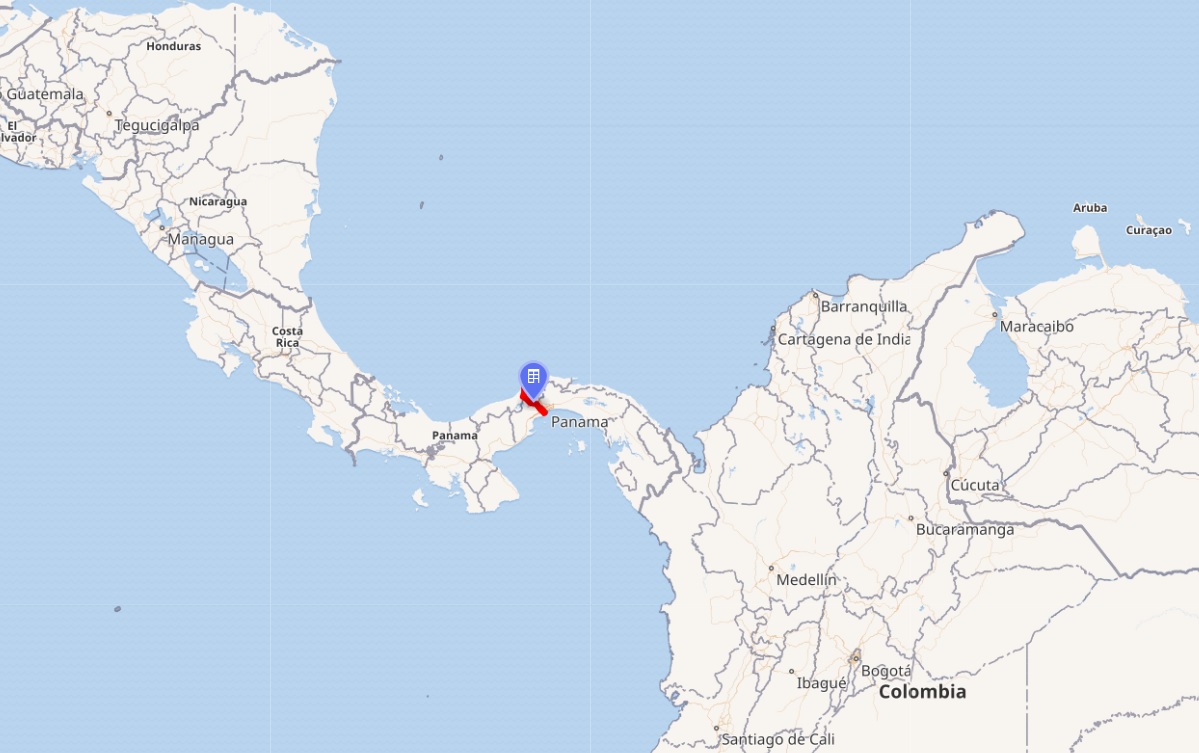
Location of the Panama Canal on a map, connecting the Atlantic and Pacific Oceans. Photo: CC
About 5% of global trade passes through the 80km canal each year, with much of the cargo being shipped between the US East Coast and Asia. The canal also handles 40% of US container traffic, highlighting its importance to the global economy.
The Panama Canal is now one of the world's most important infrastructure projects, contributing greatly to Panama's economy. In 2024, revenue from the canal is estimated to reach about $5 billion, accounting for nearly 8% of the country's GDP.
National symbols and political tensions
The Panama Canal is more than just a transportation facility; it is also a symbol of international connectivity. However, throughout history, it has also been the focus of many disputes over sovereignty and control.
One of the most important events in the history of the canal was the transfer of control from the United States to Panama in 1999, after the two countries signed the Torrijos–Carter Treaty. Although the treaty resolved the issue of sovereignty, relations between the United States and Panama remained strained, especially throughout the 20th century when the United States maintained control of the Canal Zone.
Mr Trump's announcement that the Canal would be returned to US control is a stark reminder of the never-ending disputes over ownership and use of the waterway.
The Panamanian government responded strongly to Mr Trump's statement, asserting that "every square meter of the Panama Canal and the surrounding area belongs to Panama" and that "the sovereignty and independence of our country are non-negotiable".
Tourism and international interest
The Panama Canal is also a destination that attracts millions of tourists from around the world. Visitor numbers to the canal have skyrocketed in recent years, with an estimated 820,000 people visiting Miraflores, the canal's main visitor center, by 2024.
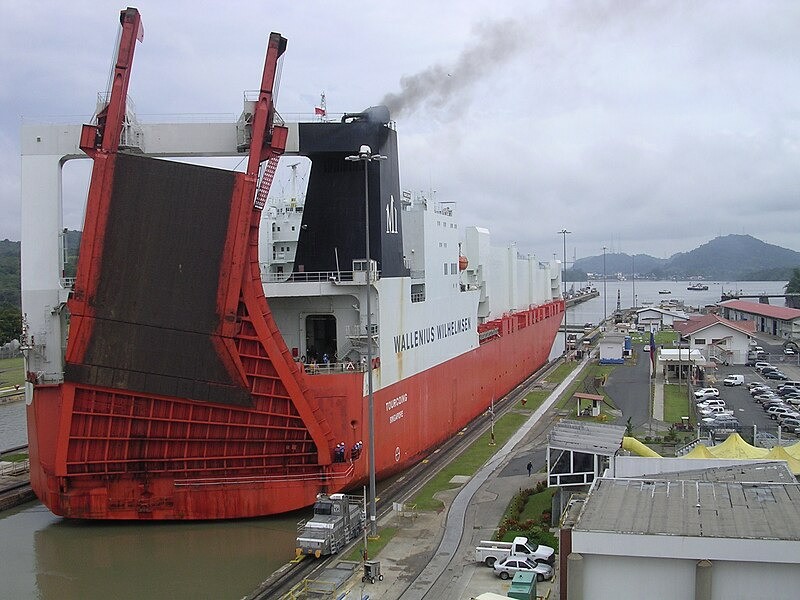
RORO vessels, like this one, are among the largest vessels that can transit the Canal. Photo: CC/Wiki
Tourists come here not only to admire the giant machines but also to learn about the history and construction of the canal, a great project that changed the history of international transportation.
At the Miraflores center, visitors can watch large ships navigate the canal locks, take tours, watch documentaries about the canal's history and learn about the 2016 expansion.
Visitors can also take boat trips on Gatún Lake, where they can observe the wildlife surrounding the canals.
Although the Panama Canal has flourished under Panamanian control since its transfer in 1999, the waterway still faces some major challenges.
Severe droughts in recent years have reduced water levels in the reservoirs that feed the canal, limiting the number of ships that can pass through. The Panamanian government has taken steps to address the problem, including building new reservoirs and investing in water recycling technologies.
Hoai Phuong (according to CDP, CNN, WSJ)
Source: https://www.congluan.vn/kenh-dao-panama-quan-trong-the-nao-ma-ong-donald-trump-muon-my-gianh-lai-post331209.html


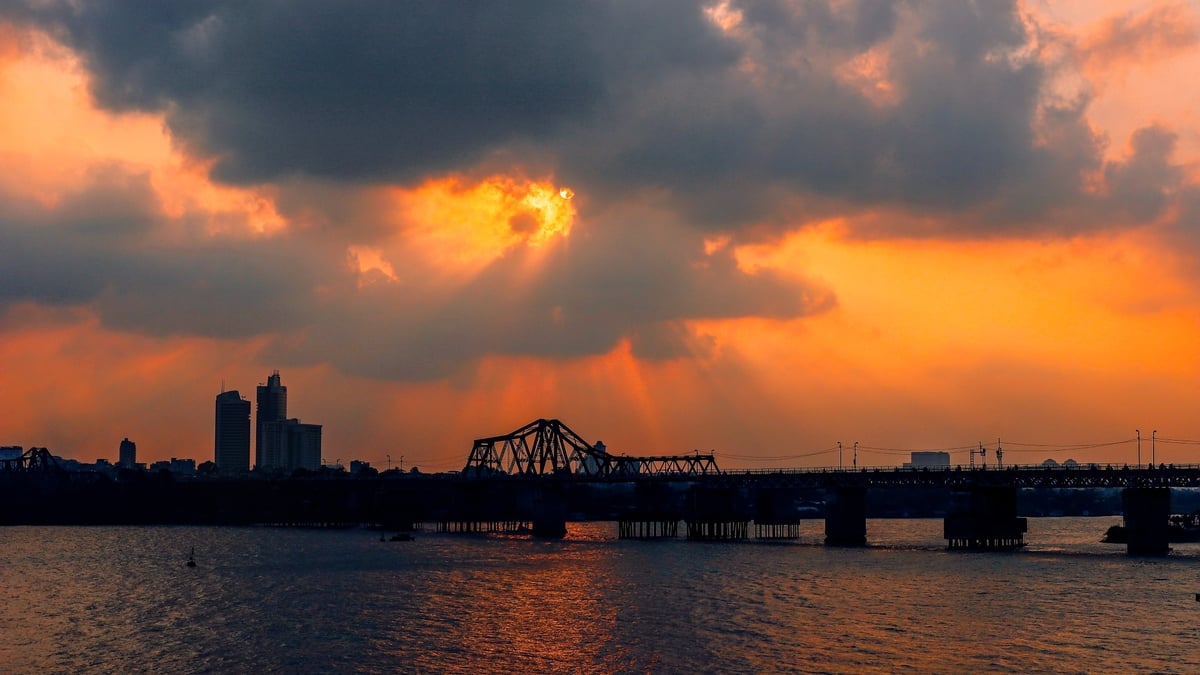


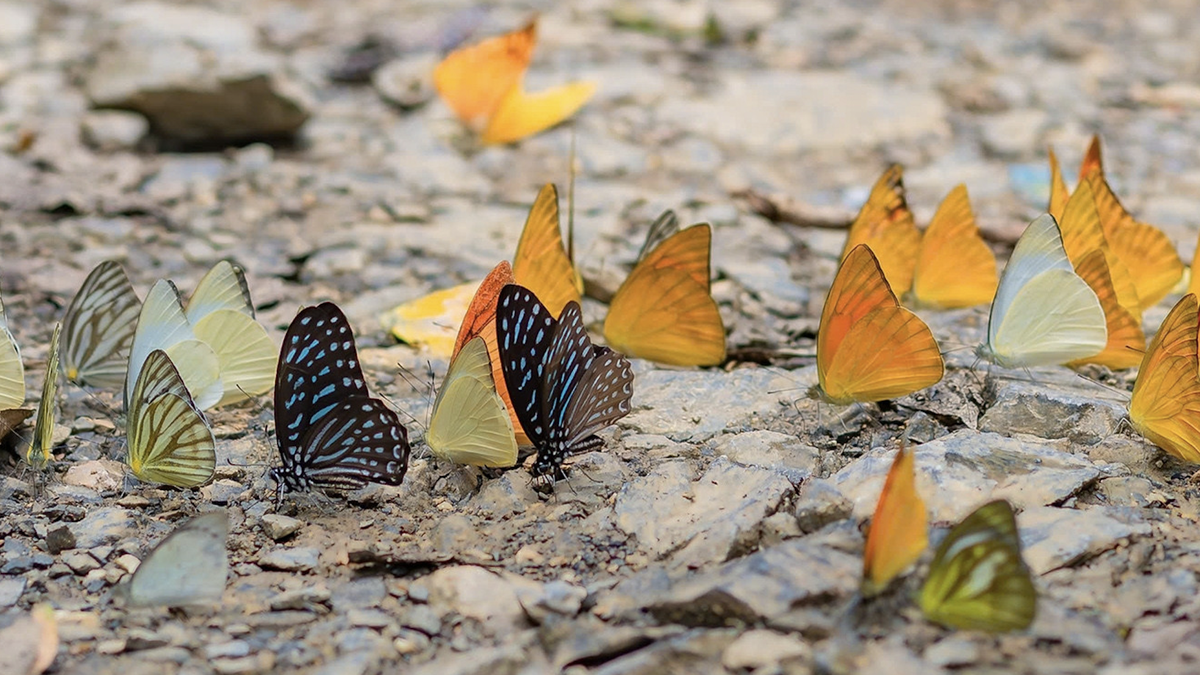

![[Photo] Prime Minister Pham Minh Chinh and Prime Minister of the Kingdom of Thailand Paetongtarn Shinawatra attend the Vietnam-Thailand Business Forum 2025](https://vphoto.vietnam.vn/thumb/1200x675/vietnam/resource/IMAGE/2025/5/16/1cdfce54d25c48a68ae6fb9204f2171a)


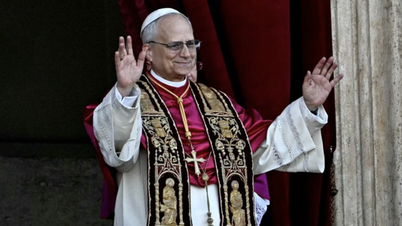

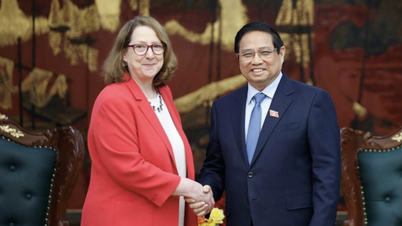

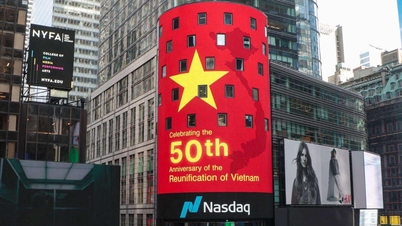
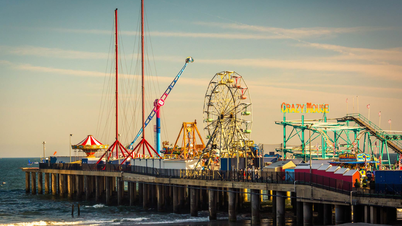

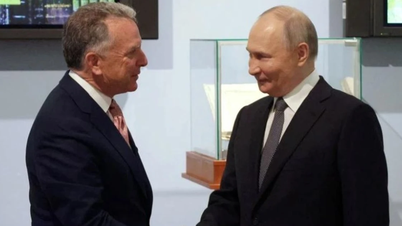
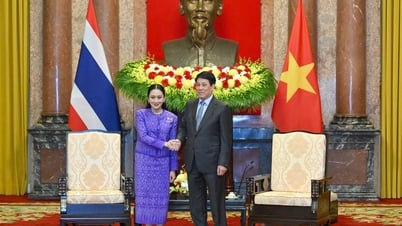

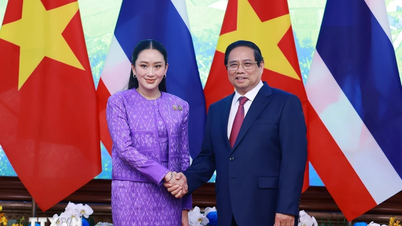

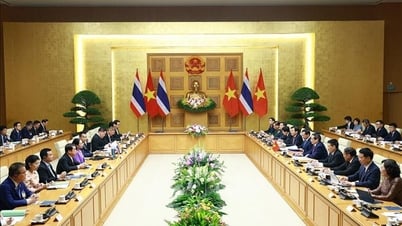

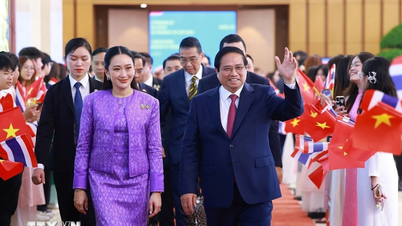
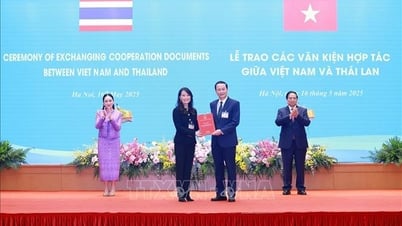






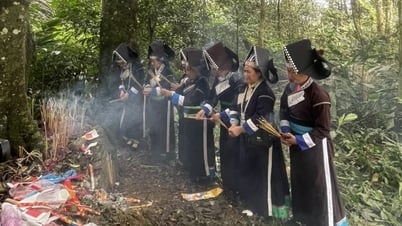
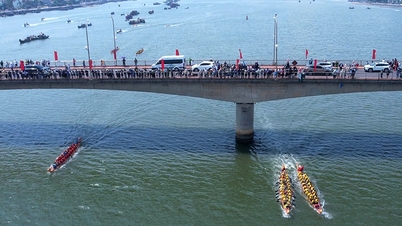
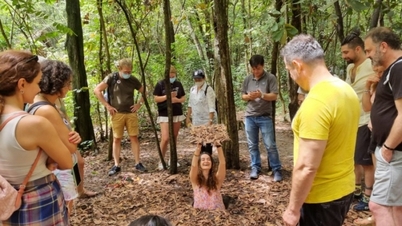

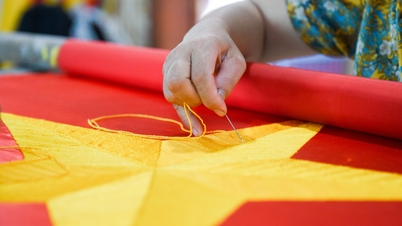

![[Photo] President Luong Cuong receives Prime Minister of the Kingdom of Thailand Paetongtarn Shinawatra](https://vphoto.vietnam.vn/thumb/1200x675/vietnam/resource/IMAGE/2025/5/16/52c73b27198a4e12bd6a903d1c218846)


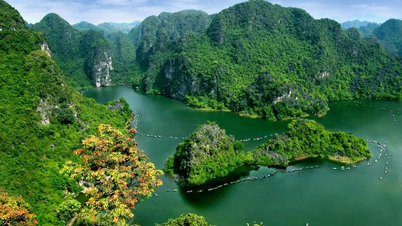






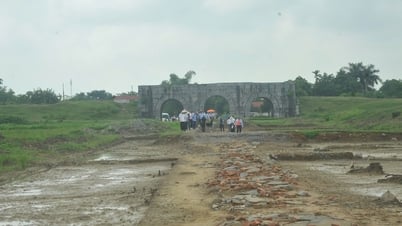



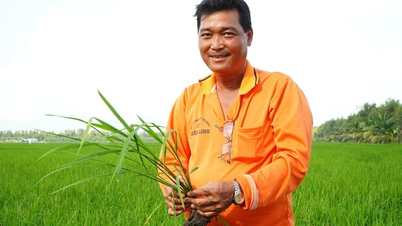

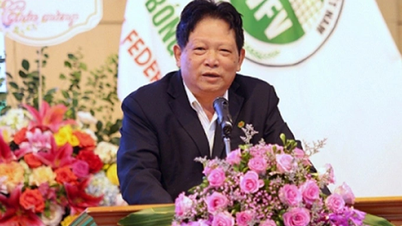








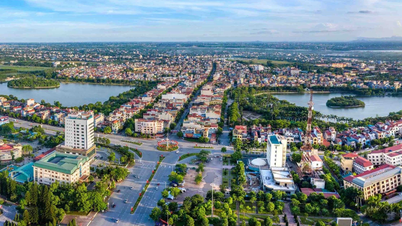






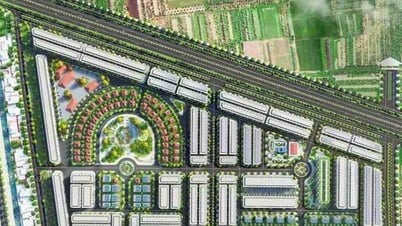


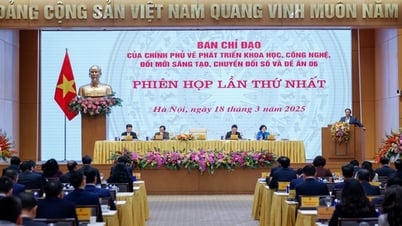

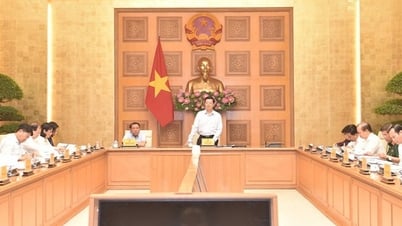



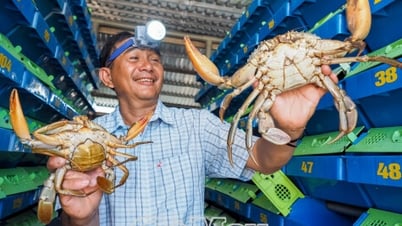

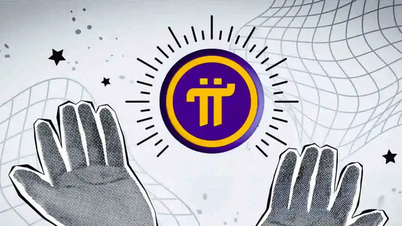















Comment (0)